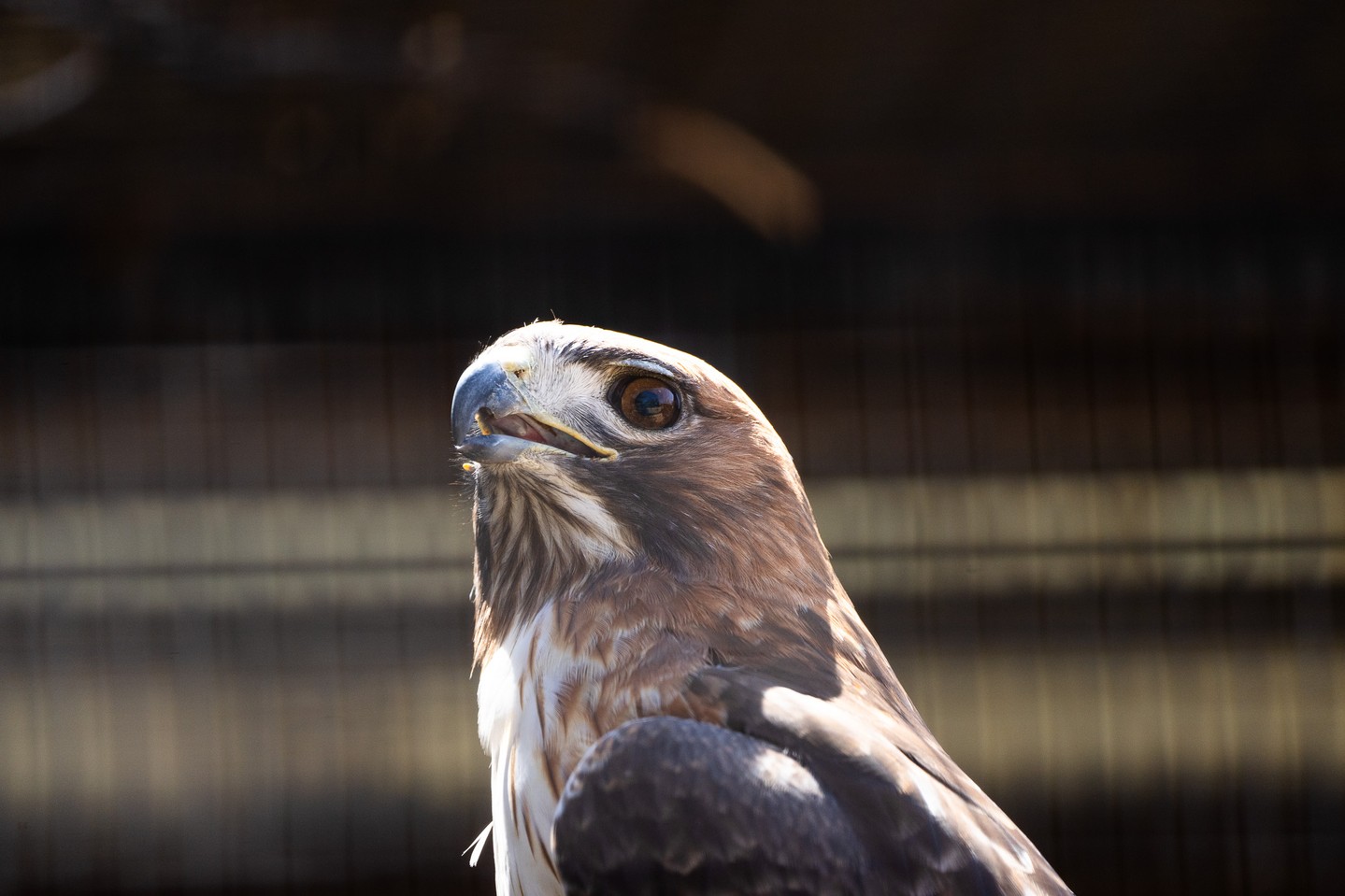- The significance of bird rehabilitation programs in conservation efforts
- Overview of Abilene Zoo and its role in wildlife management
- Profile of the red-tailed hawk as an exemplar of rehabilitation success
- The science behind bird rehabilitation and the care provided
- The importance of public education and community involvement in wildlife conservation
Bird rehabilitation programs play a crucial role in conserving wildlife, particularly for species that face various threats in their natural habitats. Birds are often injured due to accidents, predators, or environmental changes, leading to a need for specialized care. Rehabilitation initiatives provide these injured or orphaned birds with the chance to recover and return to the wild, thereby aiding in the overall health of ecosystems. Such programs also foster public awareness about the challenges wildlife faces.
Abilene Zoo, located in Abilene, Texas, is one such establishment dedicated to wildlife management and education. The zoo serves as a sanctuary for various species and participates actively in conservation efforts. The facility’s bird rehabilitation program is vital in offering refuge to birds in distress. The zoo’s mission focuses on conservation, education, and recreation, making it a hub for wildlife enthusiasts and budding conservationists.
Among the residents of the bird rehabilitation program at Abilene Zoo is the red-tailed hawk. This majestic bird serves as an excellent example of successful conservation efforts. Red-tailed hawks are common in North America and known for their striking features, including a characteristic red tail and a sharp, hooked beak. These birds are invaluable for their role in the ecosystem, helping control rodent populations and acting as indicators of environmental health.
Bird rehabilitation encompasses a range of activities aimed at restoring injured birds to full health. Care providers assess the needs of each individual bird upon arrival, determining the type of treatment required. For example, a bird may need medical intervention for a broken wing or healing after encountering a predator. A specialized team of veterinarians and volunteers work together to provide the necessary care, which may include bandaging injuries, providing medications, or even surgical procedures in extreme cases.
Feeding and nutritional care are also vital aspects of bird rehabilitation. Each species has specific dietary needs that must be met for recovery. For instance, red-tailed hawks primarily feed on small mammals, birds, and reptiles. Rehabilitation programs usually offer a diet that mimics natural feeding habits to encourage healthy recovery. Attention to diet not only aids in physical healing but also plays a role in preparing the birds for life back in the wild.
After rigorous rehabilitation, the red-tailed hawk, like others, must undergo additional assessments to ensure it is fit to return to its natural habitat. These evaluations include behavioral observations to determine if the bird displays the necessary skills for survival. Test flights allow caregivers to assess the bird’s flying abilities, necessary for hunting and evading predators. If the assessments are satisfactory, a successful release into a safe area occurs, usually close to the place where the bird was found to ensure familiarity with its hunting grounds.
Public education is a core component of the bird rehabilitation program at Abilene Zoo. Engaging the community plays a significant role in conservation efforts. Through educational programs, the zoo raises awareness regarding local wildlife and the challenges they face. These programs cover various topics, including the repercussions of habitat loss, pollution, and climate change. By equipping individuals with knowledge about local ecosystems, the zoo fosters a sense of responsibility towards wildlife and encourages proactive conservation measures.
Moreover, community involvement is pivotal to the success of wildlife rehabilitation. Volunteers contribute time and effort to support the program. They help with feeding, cleaning habitats, and assisting in educational outreach efforts. By participating, members of the community contribute to the health of local wildlife, gaining insight into wildlife needs and the importance of conservation. The zoo also hosts events that provide additional opportunities for the public to learn more about bird species, environmental stewardship, and conservation efforts.
In summary, the rehabilitation process and subsequent residence of animals like the red-tailed hawk at Abilene Zoo illustrate a comprehensive commitment to wildlife conservation. By conducting effective rehabilitation practices, the zoo contributes significantly to the preservation of native species. Through public education and community participation, Abilene Zoo fosters an environment conducive to wildlife conservation efforts.
Bird rehabilitation programs serve as a reminder of the interconnectedness of humans and wildlife. Every action taken, whether through conservation practices or community involvement, can create a ripple effect in the health of ecosystems. By appreciating the complexity and vulnerability of wildlife, individuals can become advocates for the conservation of the natural world. The work at Abilene Zoo exemplifies these principles effectively, showcasing not only the triumphs of rehabilitated birds but also emphasizing the broader message of stewardship towards our planet’s avian inhabitants.
Such conservation programs embody hope for wildlife across regions and engage people in the ethical responsibilities of caring for the environment and its inhabitants. With ongoing efforts like those at Abilene Zoo, there is potential for positive change, ensuring that future generations can also appreciate and protect the extraordinary diversity of life that our ecosystems hold.
*****
Source Description
Animals that come through the bird rehabilitation program occasionally find cozy residence at Abilene Zoo. This red-tailed hawk is a wonderful example of the conservation efforts made here! 💚


